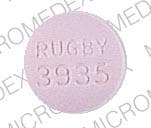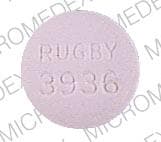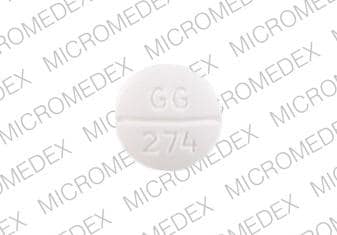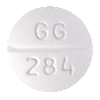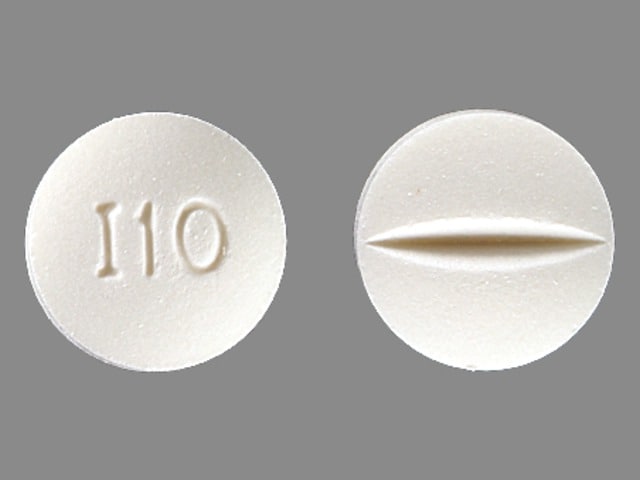Dosage Forms
Excipient information presented when available (limited, particularly for generics); consult specific product labeling.
Tablet, Oral, as hydrochloride:
Generic: 10 mg, 20 mg
Pharmacology
Mechanism of Action
Isoxsuprine increases muscle blood flow, but skin blood flow is usually unaffected. Rather than increasing muscle blood flow by beta-receptor stimulation, isoxsuprine probably has a direct action on vascular smooth muscle. The generally accepted mechanism of action of isoxsuprine on the uterus is beta-adrenergic stimulation (Kaindl 1959; Samuels 1959).
Pharmacokinetics/Pharmacodynamics
Absorption
Rapid and complete (Samuels 1959)
Excretion
Urine (Kaindl 1959).
Time to Peak
Time to peak, serum: ~1 hour; serum concentrations maintained for at least 3 hours (Kaindl 1959)
Use: Labeled Indications
Cerebrovascular insufficiency: Relief of symptoms associated with cerebrovascular insufficiency.
Peripheral vascular diseases: Treatment of peripheral vascular diseases, such as arteriosclerosis obliterans, thromboangiitis obliterans (Buerger disease), and Raynaud disease.
Note: More appropriate therapies (medical or surgical) should be considered; efficacy of isoxsuprine in the treatment of these conditions has not been well established.
Contraindications
Arterial bleeding; use immediately postpartum
Dosage and Administration
Dosing: Adult
Peripheral vascular disease or symptoms of cerebrovascular insufficiency: Oral: 10 to 20 mg 3 or 4 times daily
Dosing: Geriatric
Avoid use (Beers Criteria [AGS 2019]).
Storage
Store at room temperature.
Isoxsuprine Images
Drug Interactions
There are no known significant interactions.
Adverse Reactions
Frequency not defined.
Cardiovascular: Chest pain, hypotension, tachycardia
Central nervous system: Dizziness
Dermatologic: Skin rash
Gastrointestinal: Abdominal distress, nausea, vomiting
Warnings/Precautions
Concerns related to adverse effects:
- Rash: Severe rash has been reported; discontinue use if rash appears.
Pregnancy
Pregnancy Considerations
Isoxsuprine crosses the placenta. Adverse effects (eg, hypocalcemia, hypoglycemia, hypotension, and ileus) requiring treatment have been observed in infants born to mothers who received isoxsuprine during pregnancy. Maternal and fetal tachycardia have occurred with use and pulmonary edema has been reported with maternal use of beta stimulants (Brazy 1979; Brazy 1981). Although isoxsuprine has been evaluated for the treatment of preterm labor, use for this indication is not currently recommended (ACOG 171 2016).
Patient Education
- Discuss specific use of drug and side effects with patient as it relates to treatment. (HCAHPS: During this hospital stay, were you given any medicine that you had not taken before? Before giving you any new medicine, how often did hospital staff tell you what the medicine was for? How often did hospital staff describe possible side effects in a way you could understand?)
- Educate patient about signs of a significant reaction (eg, wheezing; chest tightness; fever; itching; bad cough; blue skin color; seizures; or swelling of face, lips, tongue, or throat). Note: This is not a comprehensive list of all side effects. Patient should consult prescriber for additional questions.
Intended Use and Disclaimer: Should not be printed and given to patients. This information is intended to serve as a concise initial reference for health care professionals to use when discussing medications with a patient. You must ultimately rely on your own discretion, experience, and judgment in diagnosing, treating, and advising patients.
